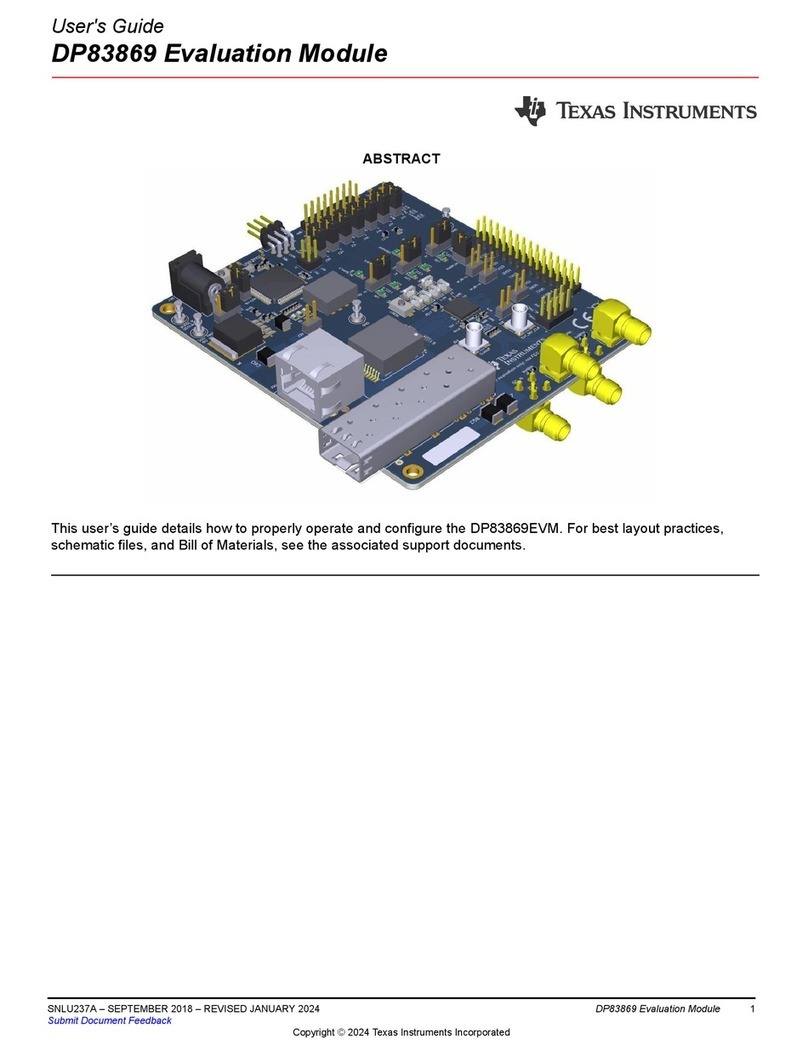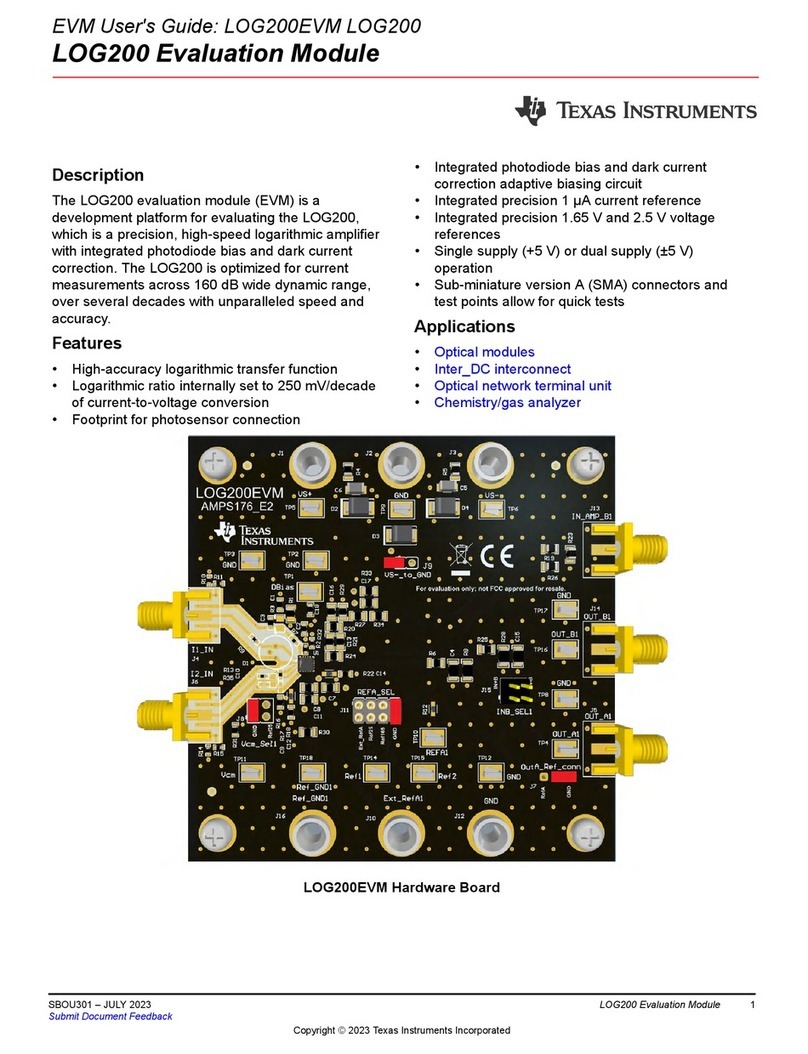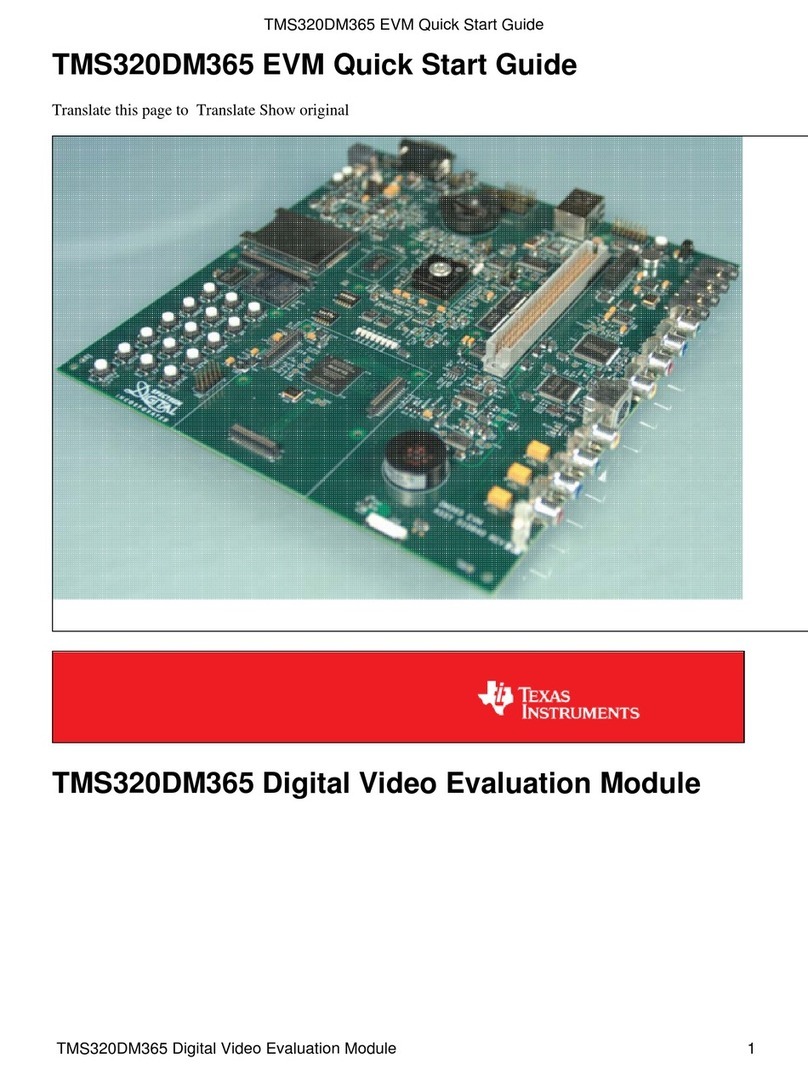Texas Instruments TA 5 1-Q1 Series User manual
Other Texas Instruments Motherboard manuals
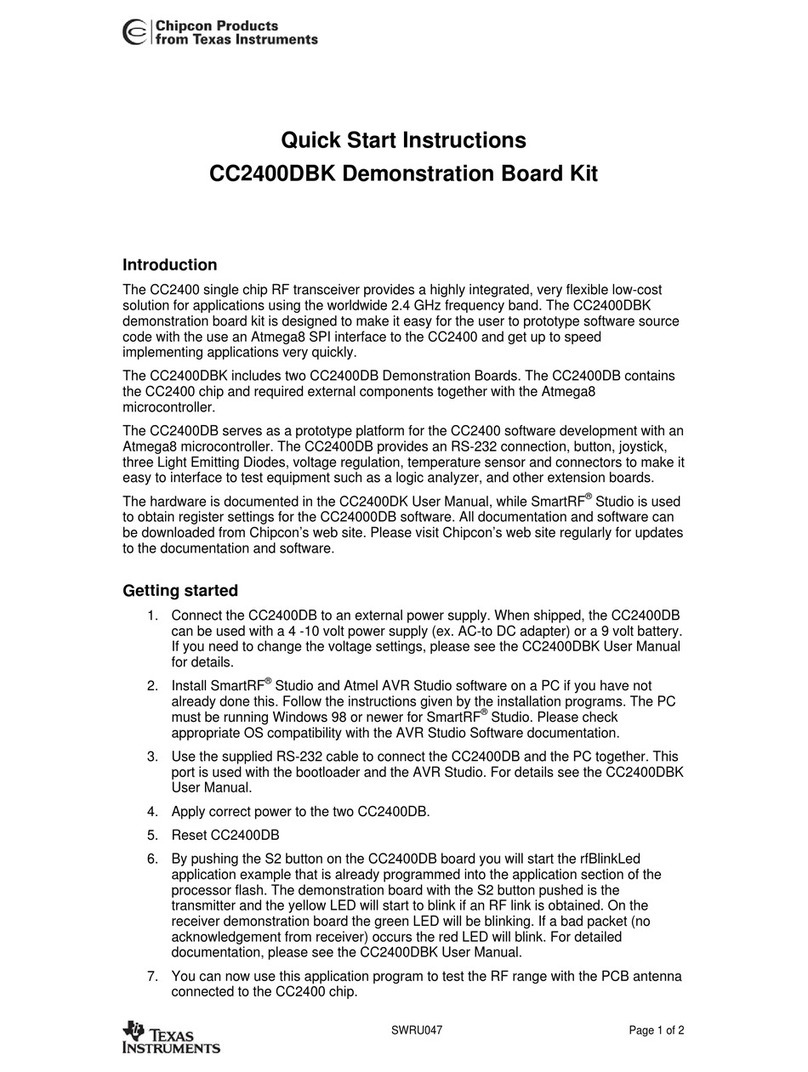
Texas Instruments
Texas Instruments Chipcon CC2400DBK Programming manual
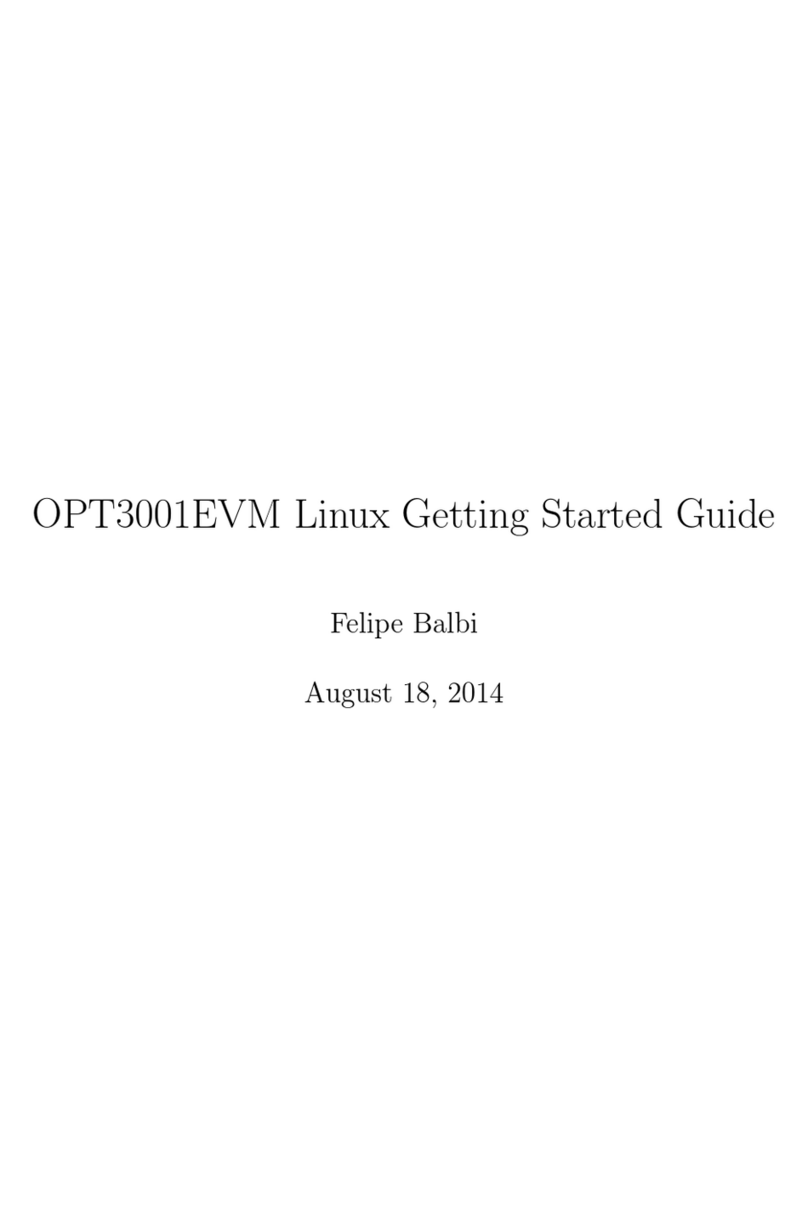
Texas Instruments
Texas Instruments OPT3001EVM User manual
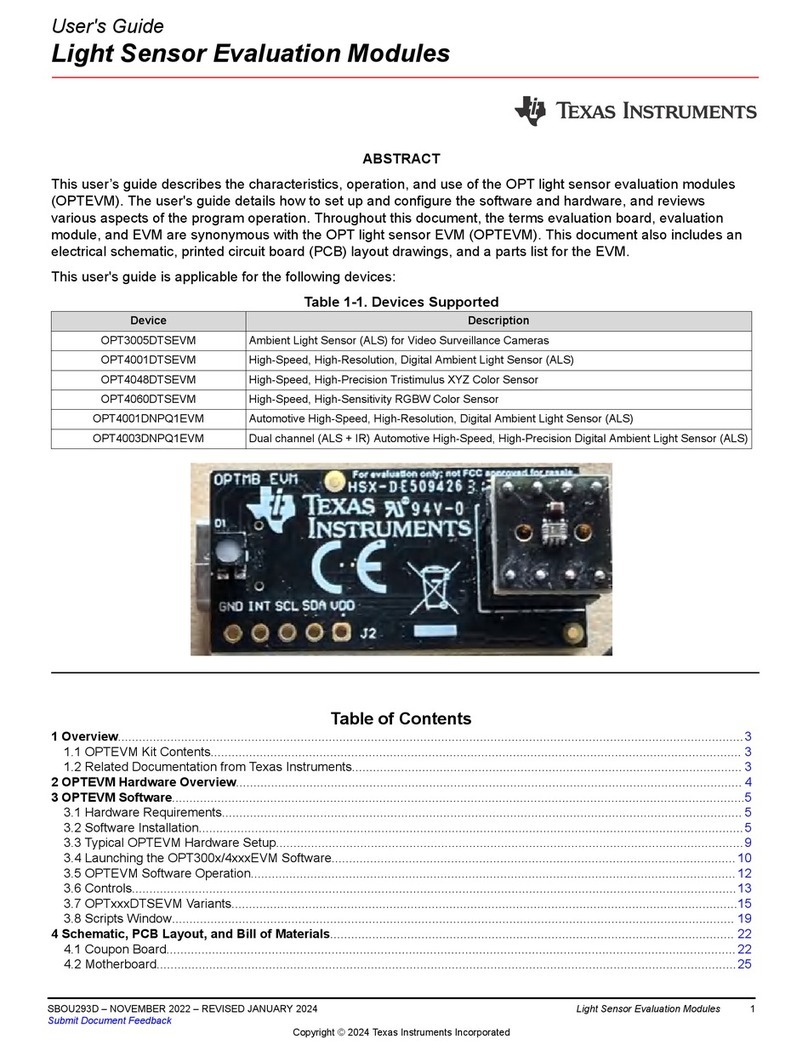
Texas Instruments
Texas Instruments OPT4060DTSEVM User manual
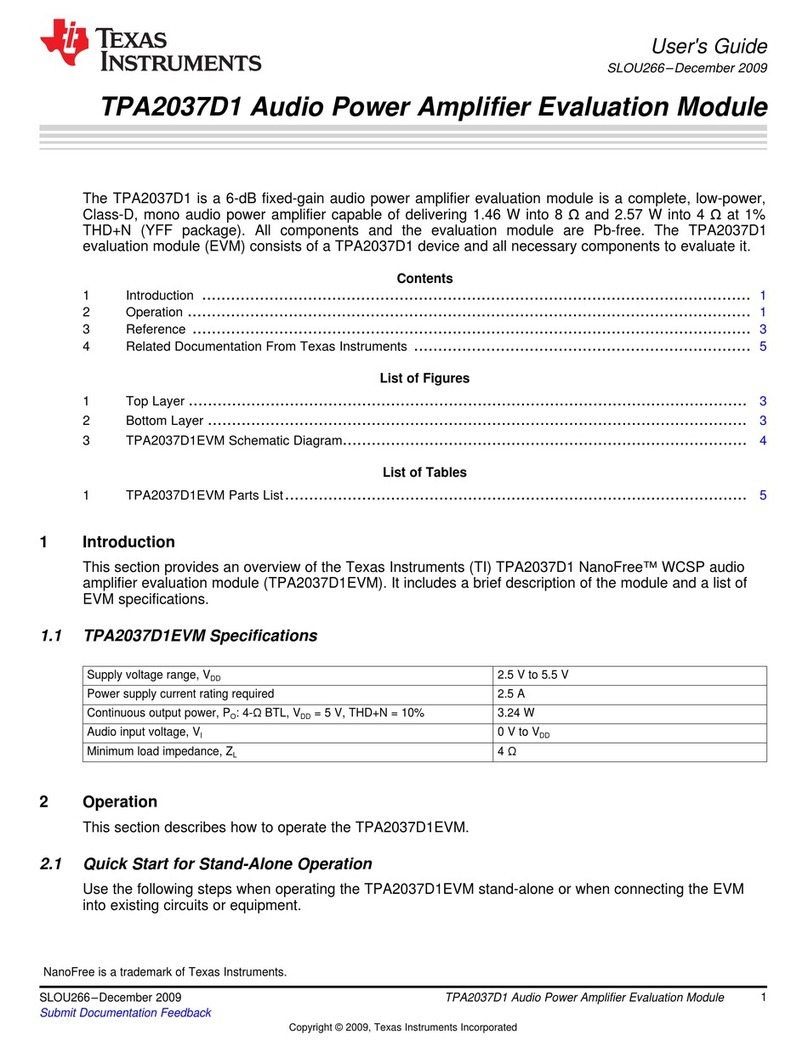
Texas Instruments
Texas Instruments TPA2037D1 User manual
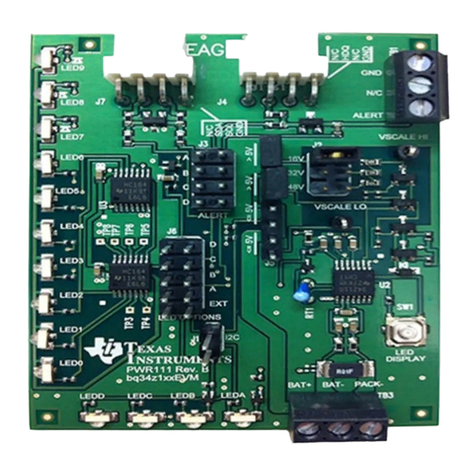
Texas Instruments
Texas Instruments bq34z100EVM User manual
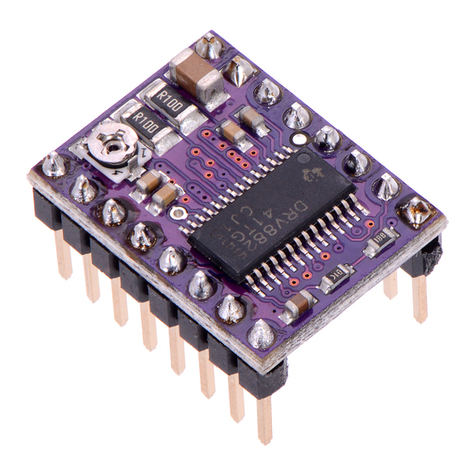
Texas Instruments
Texas Instruments DRV88 Series User manual
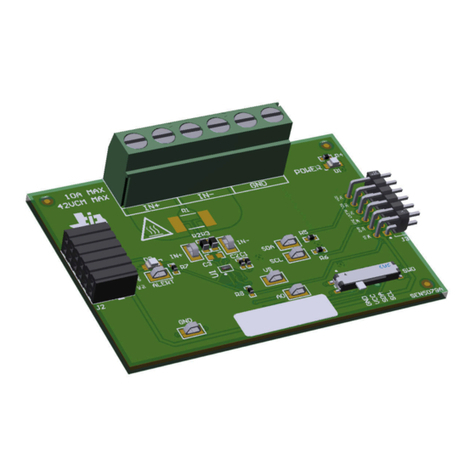
Texas Instruments
Texas Instruments INA232EVM User manual
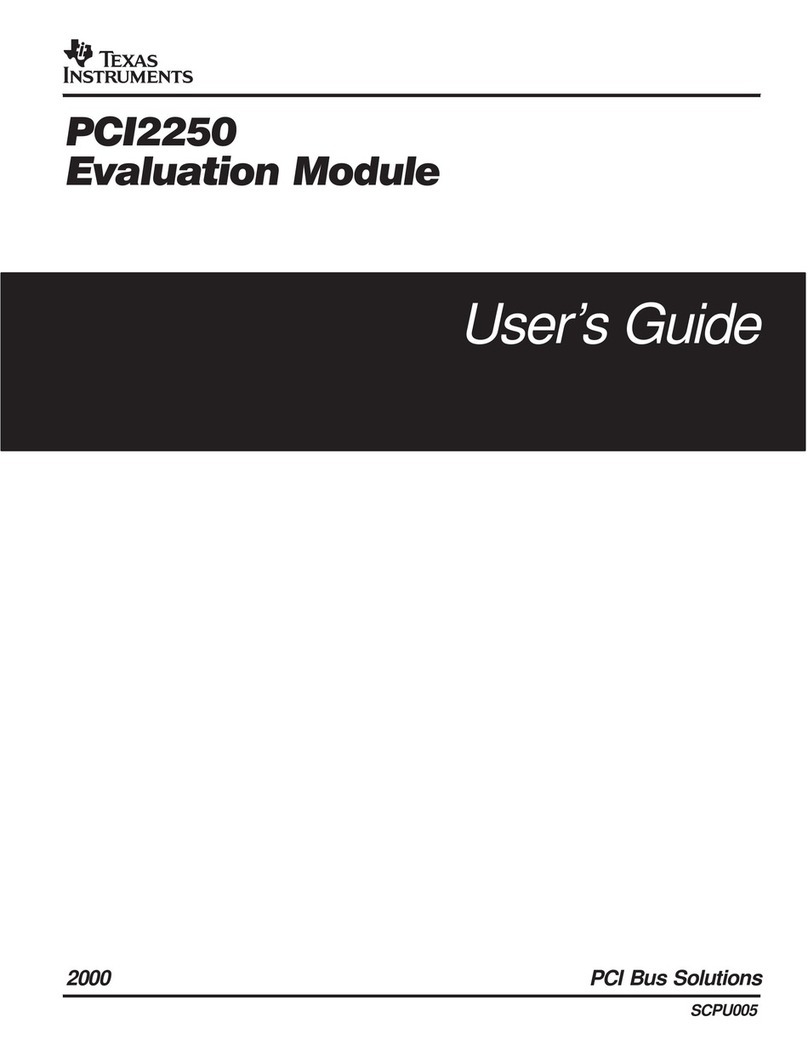
Texas Instruments
Texas Instruments PCI2250 User manual
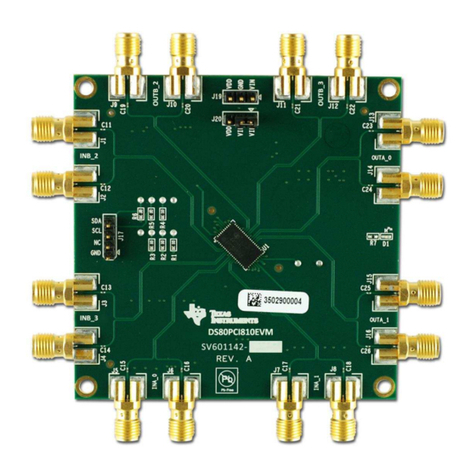
Texas Instruments
Texas Instruments DS80PCI810EVM User manual

Texas Instruments
Texas Instruments LM2105EVM User manual
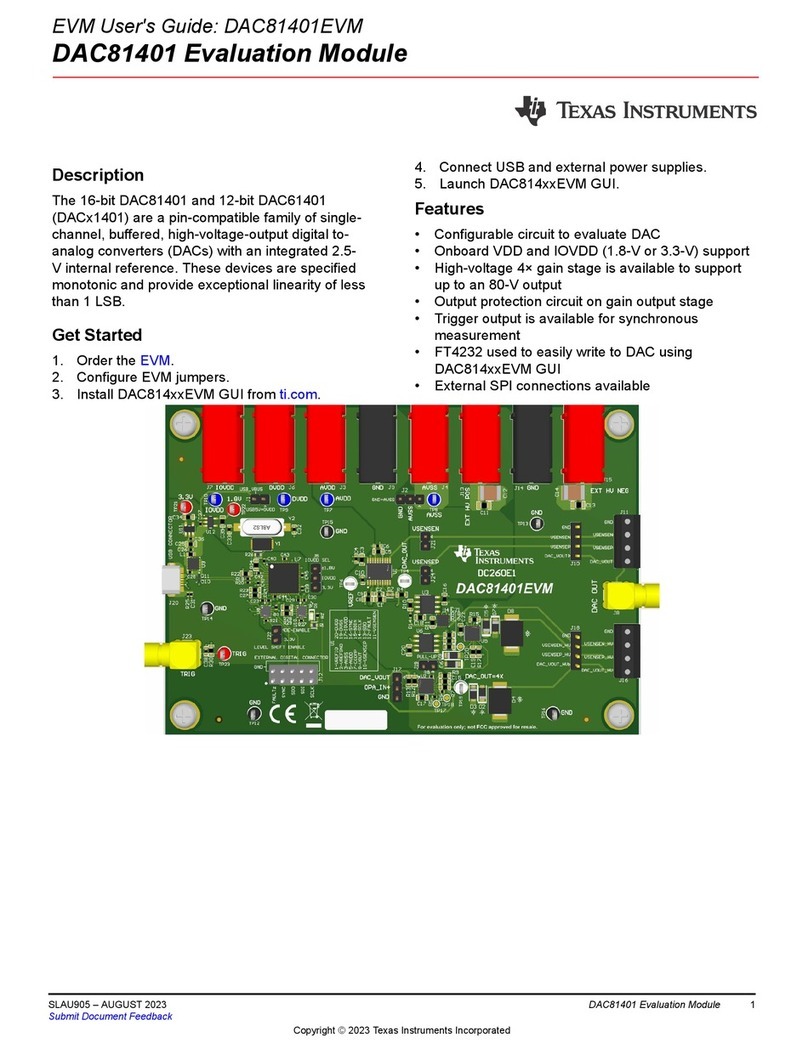
Texas Instruments
Texas Instruments DAC 1401 Series User manual
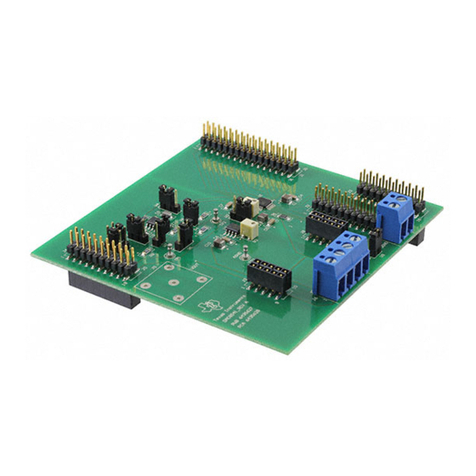
Texas Instruments
Texas Instruments DAC8541EVM User manual
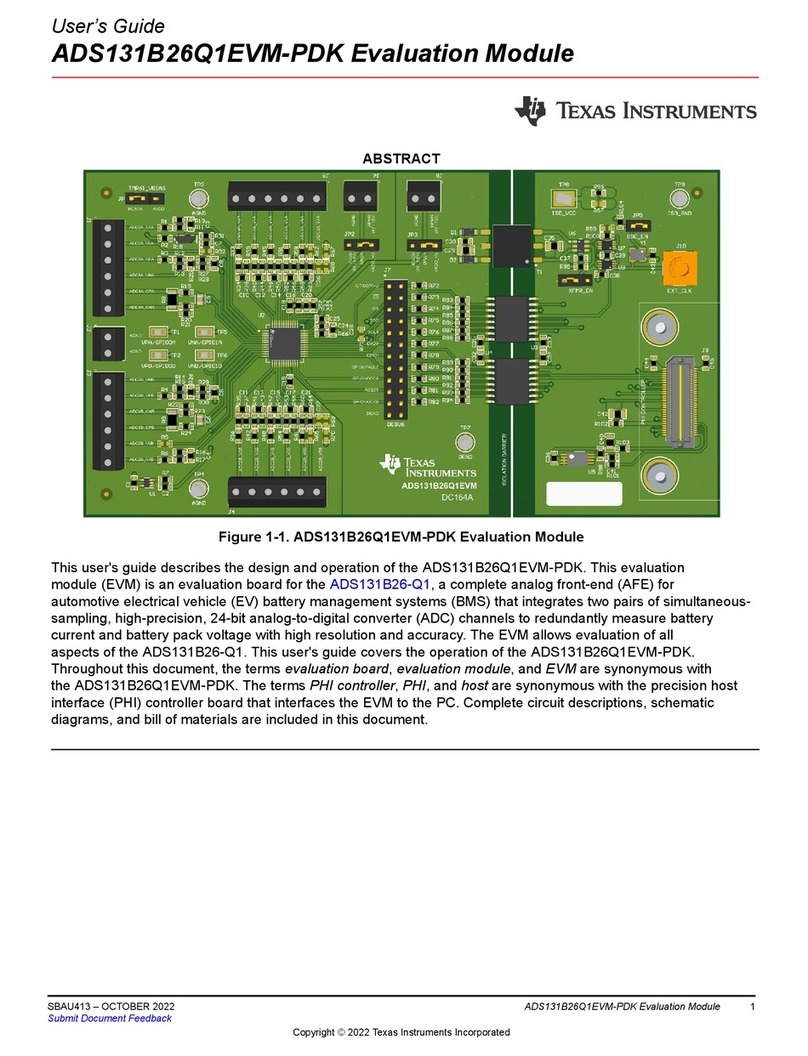
Texas Instruments
Texas Instruments ADS131B26Q1EVM-PDK User manual
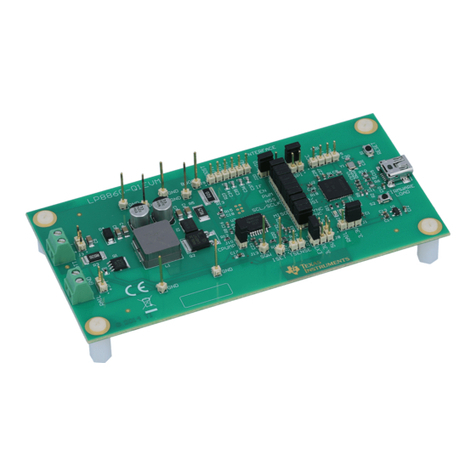
Texas Instruments
Texas Instruments LP8860-Q1EVM User manual
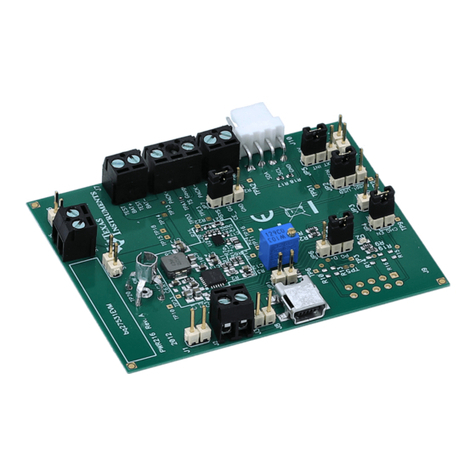
Texas Instruments
Texas Instruments bq27531EVM User manual

Texas Instruments
Texas Instruments INA290EVM User manual
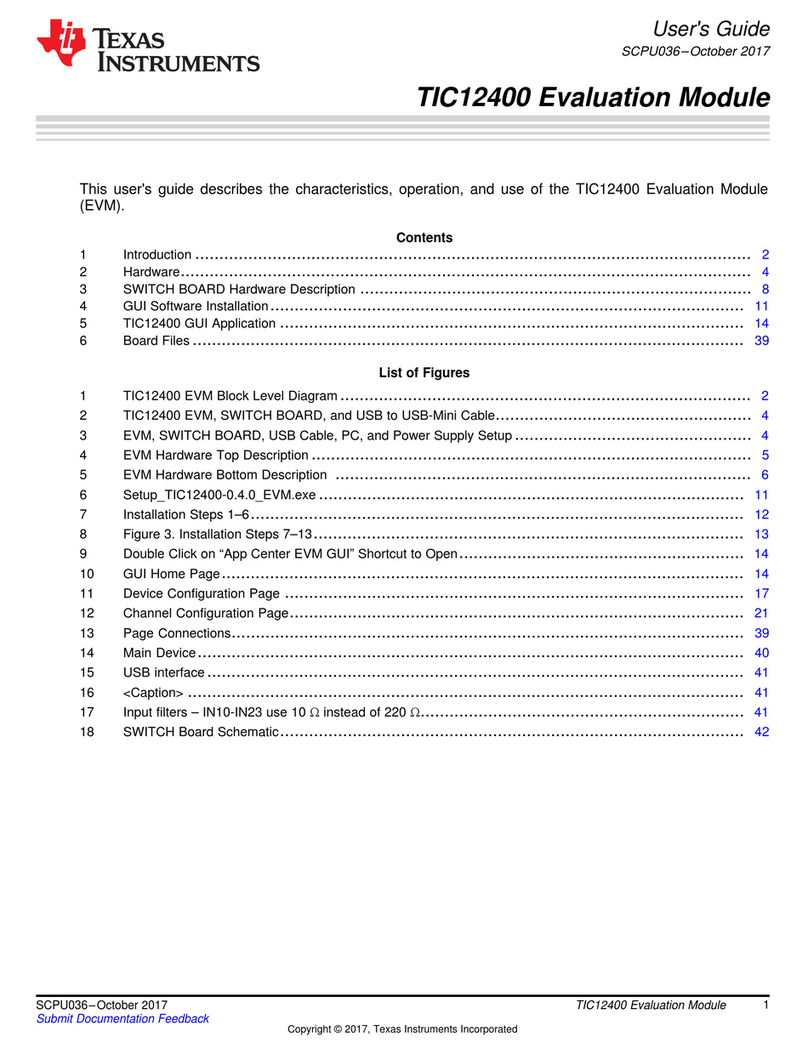
Texas Instruments
Texas Instruments TIC12400 User manual

Texas Instruments
Texas Instruments TPS65132S User manual
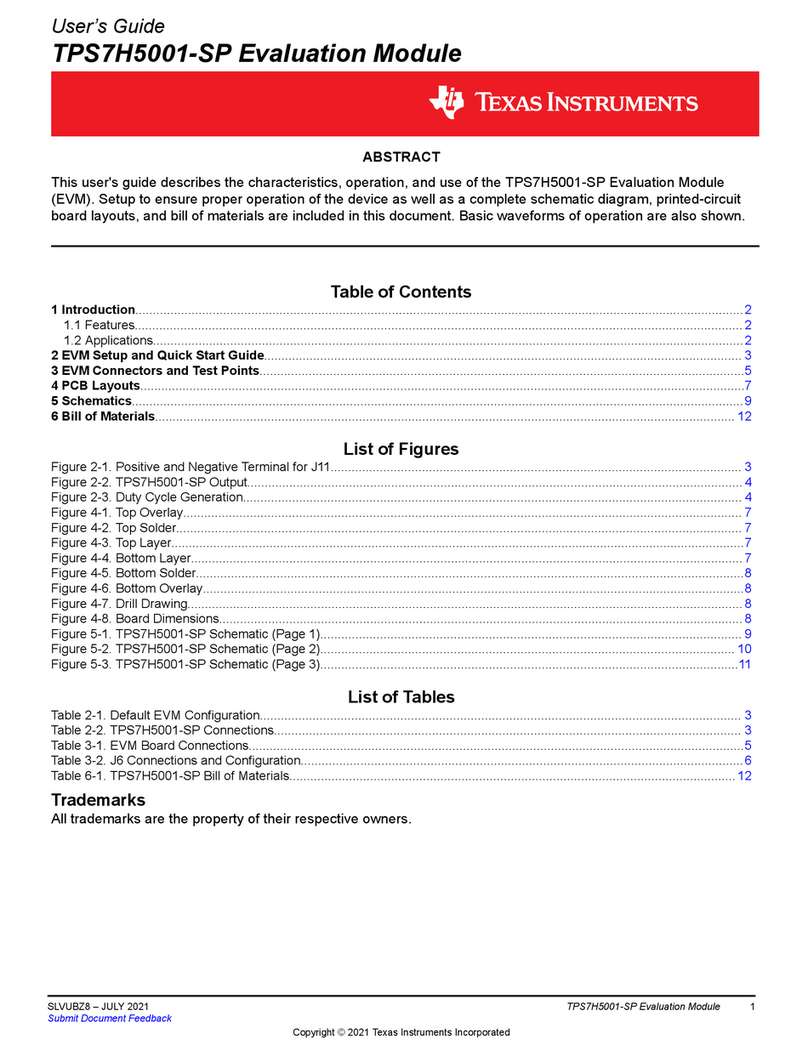
Texas Instruments
Texas Instruments TPS7H5001-SP User manual
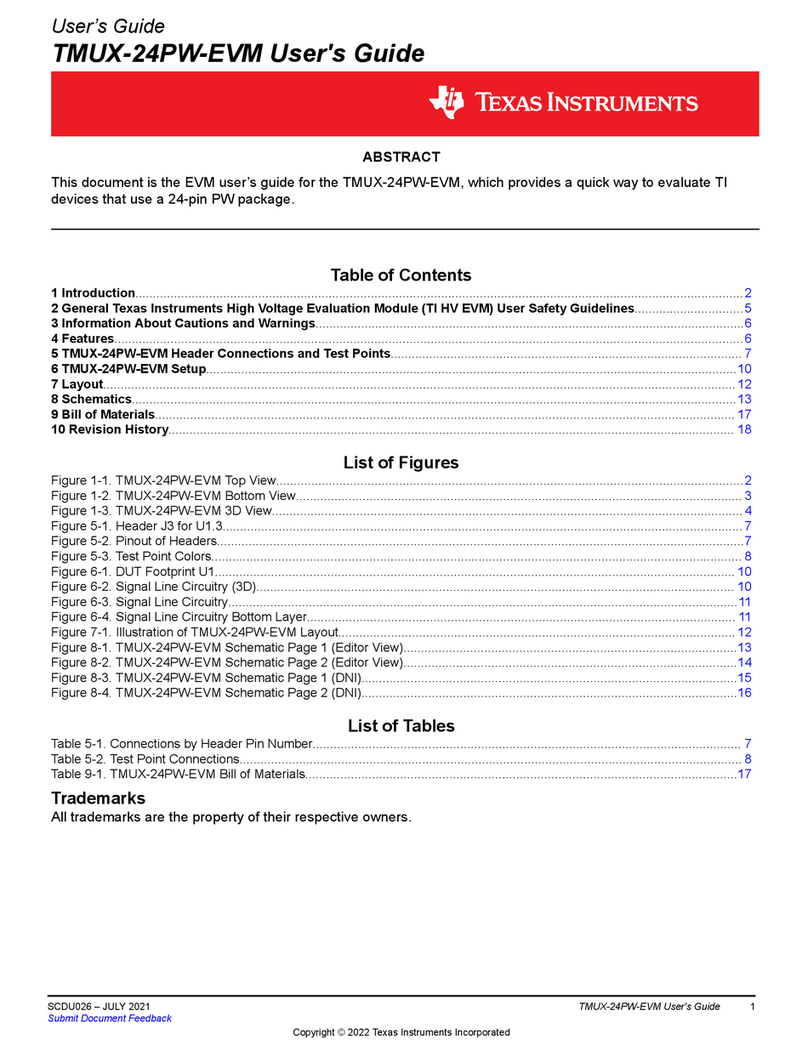
Texas Instruments
Texas Instruments TMUX-24PW-EVM User manual

